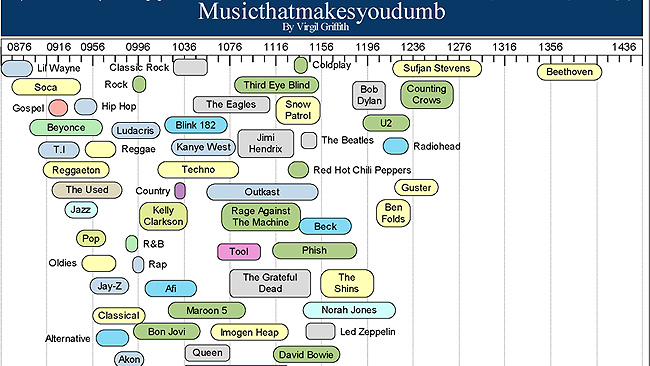
© Darren Calabrese/The Canadian PressA cloud of plume escapes into the air as Dr. John Semple, Chief of Surgery at the Women's College Hospital, demonstrates a common surgical procedure during a press conference in Toronto on Wednesday, March 18, 2009. Using lasers or cauterizing tools during surgery creates a noxious smoke that can affect the health of doctors, nurses and patients. New voluntary standards were unveiled Wednesday to minimize the number of pathogens that enter health workers' lungs.
The surgeon touches an area of exposed flesh with a cauterizing tool for less than a minute, sending up a cloud of noxious smoke that quickly wafts across the room and catches at the eyes and throat.
It is only a demonstration - the flesh is actually raw turkey - but the result illustrates the hazard that doctors, nurses and even patients can be exposed to during operations that employ lasers and other tissue-burning tools.
Known as "plume," the smoke is laden with all manner of potentially toxic substances and disease-causing microbes that can make their way past surgical masks and into the lungs.
"According to one study, exposure to (vapours from) one gram of laser-cut tissue is like smoking three unfiltered cigarettes," said Suzanne Kiraly, president of the Canadian Standards Association (CSA), which on Wednesday released new guidelines for capturing and disposing surgical plume.
"Thus far, researchers have identified more than 600 organic compounds in plume generated by vaporized tissue," Kiraly told a news conference at Women's College Hospital in Toronto, where the demonstration took place.




Comment: While reporting on a legitimate problem, mainstream medicine can't resist getting a dig in at smoking. What cigarette or pipe tobacco will ever contain "aerosolized blood and blood-borne pathogens"? The two are hardly equatable.